How your Christmas gifts could be spying on you
Devices used by abusive ex-partners to stalk families and toys that can collect data. These are just some of the sinister Christmas gifts to watch out for. VIEW THE LIST OF RISKY TOYS

Parenting
Don't miss out on the headlines from Parenting. Followed categories will be added to My News.
Angry partners using technology gifts to stalk women and children, toys that could be hacked and wearables that collect data are some of the more sinister uses for popular presents like smart home devices, drones, “smart” toys and even wearables for pets.
The federal government’s eSafety watchdog is warning parents to watch out for the ‘naughty’ gifts on the gift guide this season with tech presents rating high on the risky list.
Recent data from the eSafety Commissioner’s Youth and Digital Dangers research showed one in four children, aged between eight and 17, have been contacted by someone they don’t know online.

Advice from eSafety Commissioner Julie Inman Grant is that it is a growing problem and parents need to be wary.
“It doesn’t mean you shouldn’t be giving your child the present they want from Santa but be mindful these are not like the dolls we used to play with. This is Barbie-with-a-brain. When you are connected to the internet you are inviting strangers into your lounge,” she said.
“I am not encouraging people to be scared of household devices but there are a lot of manufacturers who haven’t matured or yet adopted a full safety by design approach.
“We want them to be engineering out misuse at the front end and building in safety protections then, rather than waiting for something to go wrong.
“It is challenging for parents now – you can’t just take it out of the box and put it together.”
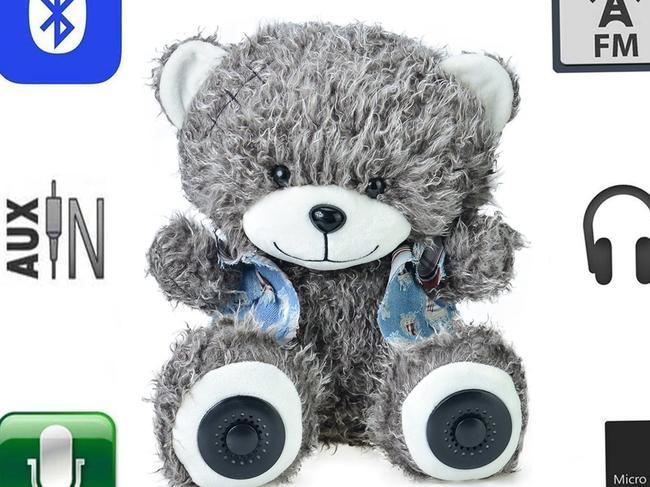
Apple CEO Tim Cook has said protecting privacy is something companies can now use as a competitive advantage and that Apple “embed privacy in all our products”.
“This problem is solvable—it isn’t too big, too challenging or too late.
“Innovation, breakthrough ideas and great features can go hand-in-hand with user privacy—and they must. Realising technology’s potential depends on it.”
Ms Inman Grant said technology-facilitated abuse has become a significant factor in an increasing number of domestic and violence abuse cases, in particular with gifts given by ex-partners.
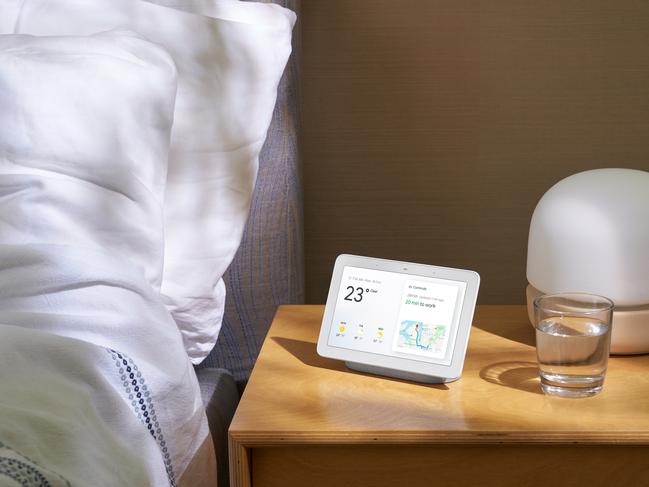
“We have seen drones used to surveil former partners, we have seen surveillance devices in prams, spyware put on phones and iPads, bugs in teddy bears so former partners can surveil.
“Through our training of frontline workers we are increasingly hearing about smartphones, tablets and wearables being gifted to children by ex-partners, with location tracking already set up either on the device or through pre-installed tracking software or chips to stalk where the family is.”
Smart home devices are also being used in domestic violence situations, in one case a perpetrator changed the family’s smart TV password and sent abusive messages to his ex-partner and kids that appeared on screen each time they turned on the TV.
In another case a man hacked into the computer programming of his ex-partner’s car to limit where she could go.
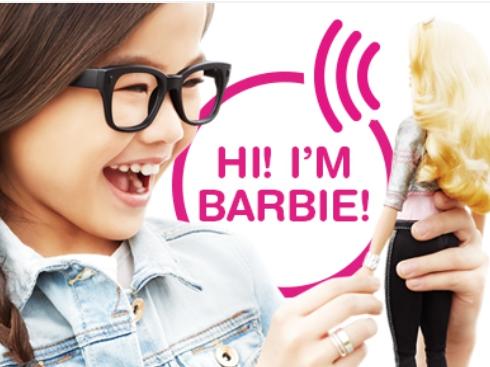
Experts warn that if the device connects to the internet then there is a risk. For example, some robot vacuum cleaners create digital floor maps of your house and can send the data to third parties, wearable devices that have location tracking can be used to map where you, your children or your pets go and many popular multiplayer games are designed to connect children with strangers across the globe.
MORE NEWS
Zumbo reveals brutal toll of his dessert empire fail
Plan to slash health fund premiums revealed
Docs use ‘override’ to read 200 My Health Records a month
Connected toys like talking dolls, bears or robotics are particularly dangerous as they collect data such as a child’s name, gender, date of birth, geolocation, profile pictures, chat and voice messages which can then be sent off to remote servers.

Qualified Cyber Safety expert Susan McLean said smart toys are everywhere but that doesn’t mean parents should assume it won’t happen to them.
“You can’t think ‘it won’t happen to me’ – I have had parents sobbing on the phone.
“The companies don’t care – they are not putting safety first – they are putting profits before children.
“Parents need to think very, very carefully.”
For more information about what to look out for and how to stay safe when using tech gifts visit esafety.gov.au/giftguide
THE RISKY TOYS TO WATCH OUT FOR
* Smart toys – internet-enabled educational tablets, teddy bears, Barbie dolls are just some of the examples of smart toys that are connected wirelessly. They can store information that can be shared to third parties.
* Robotic toys — From simple electronic ‘pets’, through to advanced kits, some robotic toys are controlled through specific apps on devices, while others may be internet-enabled or connected to smart home devices. They may store personal information, such as your child’s name, age, gender and, in some instances, location and these databases can be exposed to third parties — including hackers. In-built cameras and microphones may also record video or audio of your child.
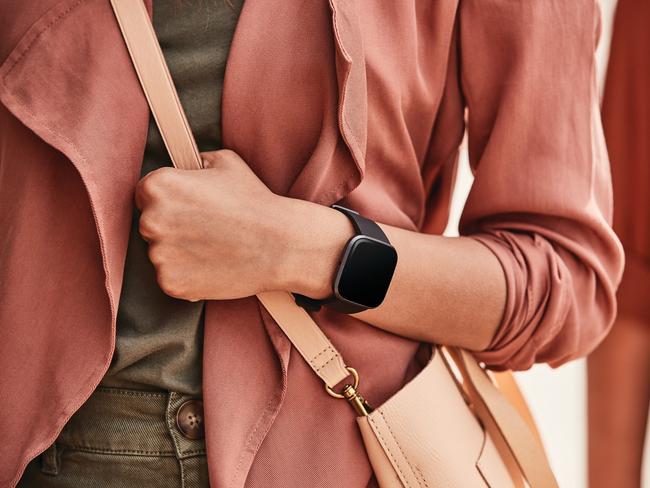
* Drones — some are designed for children aged from eight. They can be used to surveil and also children need to be aware of the regulations. Stay safe by learn together with your child how to fly a drone.
* Virtual Reality technology — most require things like headsets with microphones and cameras or sensors and multiplayer online games connect players across the globe.
* Smartphones and tablets — many apps and smartphones allow you to share your location at
a point in time or in real-time.
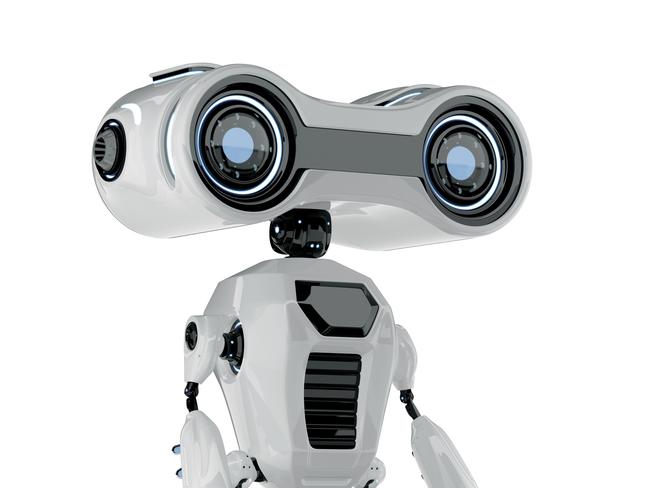
* Wireless headphones and gaming headsets — in-built cameras and microphones may allow your child to voice and video chat with others while playing multiplayer online games.
* Wearables — often link to apps which collect information. Many have sensors to collect Physical and biological information, as well as location tracking. Fitness trackers or ‘smart collars’ for pets are examples of where a location tracker is used to map where you or your pets go.
* Gaming — Online multiplayer games connect players across the globe. It’s important to be aware that anyone can chat with your children while playing these games.
* Smart home — can send data to third parties.
Originally published as How your Christmas gifts could be spying on you
